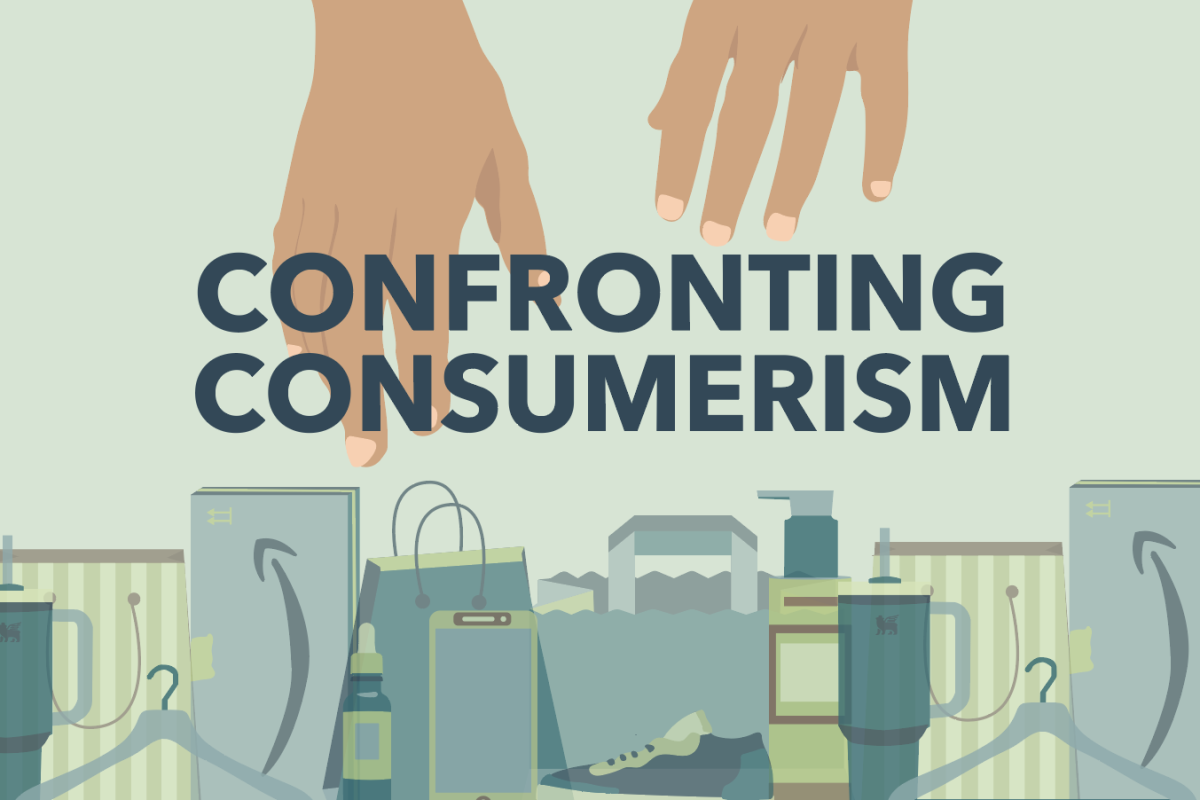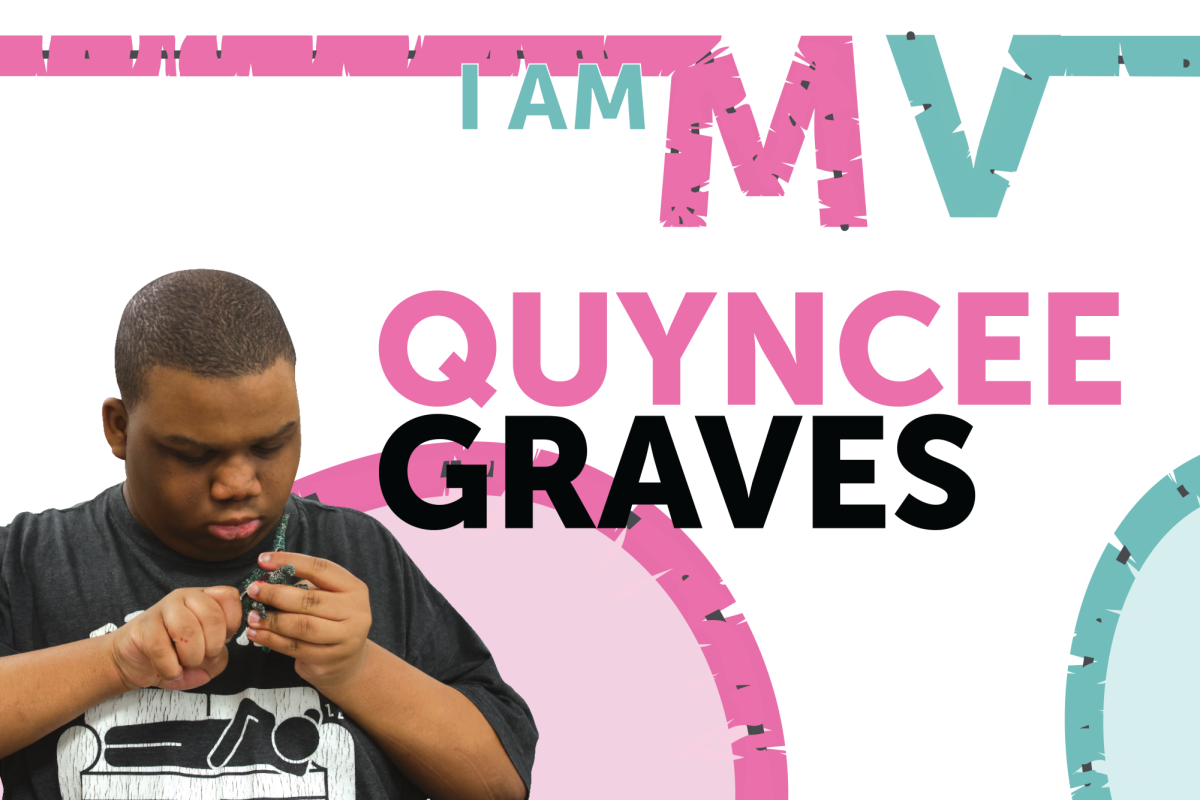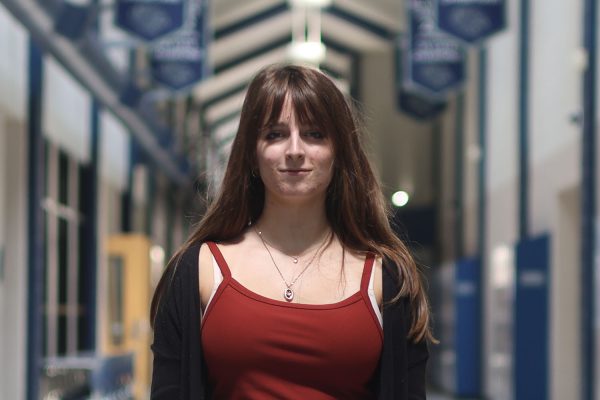In with the newer

The rush of getting something new can be incredibly satisfying, whether it’s a gift or a purchase of the latest trend. Updating wardrobes with the latest brand name, replacing a Stanley with an Owala, or simply trying out the newest skincare phenomenon are all commonplace for high-schoolers.
However, many aren’t aware of just how much they consume over the course of this process. According to the MIT Press, “capitalism preserved its momentum by molding the ordinary person into a consumer with an unquenchable thirst for more stuff.” Social media influencers and the tactics of large corporations have made possessing the newest version of something a necessity as consumers sacrifice quality for quantity. While consumers are often forced to over-purchase because of the sacrifice in quality, there are ways to be conscious of what is worth buying and what should be passed over.
A bad influence
Trends are always changing with the fast pace of social media, leading to mass amounts of consumerism. That rapid pace is often reflected in many peoples’ buying habits.
According to business teacher Adam Runyan, speed is what drives the popularity of modern day consumerism.
“I think now the way we define consumerism is as our ability to quickly get what we want and how quickly can you get the product in your hands,” Runyan said.
Senior Keira Patty has found that many students are frequently purchasing and replacing things at the rapid pace made available by the ease of shopping.
“I’ve found that [people] constantly re-buy things that they don’t honestly need,” Patty said. “They just never reuse anything that they could if they wanted to.”
Social media plays a large role in how quickly people decide it’s time to go out with the old and in with the new, according to Patty.
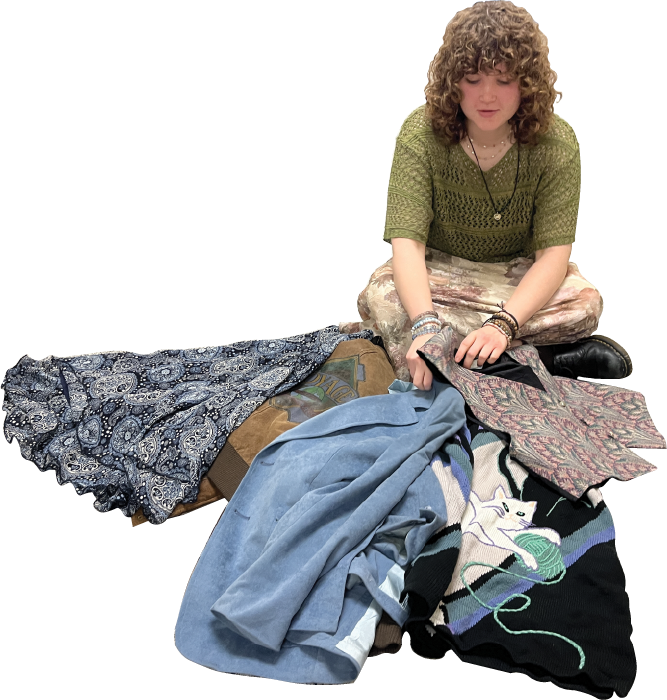
“Influencers and social media in general have people just constantly wanting the most popular thing and the newest thing,” Patty said. “People get rid of things really fast and they just decide that it’s not popular anymore.”
Products aren’t just pushed by influencers who are paid to do so. Family and friends can also play a role in promoting products that follow trends, according to Patty.
“My mom’s always trying to get me to buy all the newest things,” Patty said. “I just don’t see the point. Sometimes I’ll listen to her with shoes, but I don’t think I constantly want the newest thing.”
For senior Chaley Spaulding, influencers and social media are just the surface of what causes students to over-consume and over-spend.
“I think consumerism is really heavily influenced by social media because of what’s trending and how many people are promoting and influencing [products],” Spaulding said. “Then there’s also a lot of wanting to fit in with what everybody else is wearing or buying or doing.”
Patty agreed, finding that many people are motivated to buy things simply to fit in.
“I think people just want to be cool,” Patty said. “I think people just want to keep up with the trends and keep up with what everybody else is doing.”
The final product
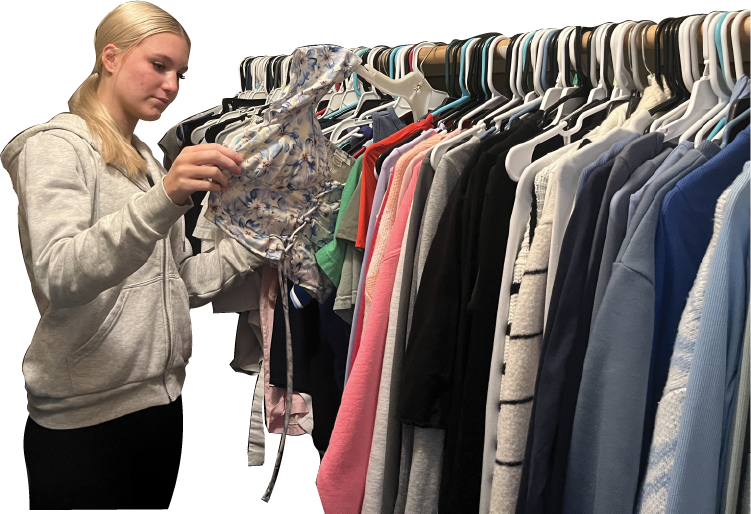
Keeping up with what’s trending can be difficult not only because of the rapid changes in trends, but also because of the impact on finances. On top of the environmental impacts of product waste, consumer culture creates financial waste.
The speed of buying and receiving is a luxury of consumerism, but according to Runyan, that speed can result in major financial consequences.
“On one hand, it’s awesome,” Runyan said. “The speed at which we can get a hold of products we want. It’s also dangerous because it leads us to overspend because we see something and we immediately want it.”
Despite the low prices of items on sites like Shein and Temu, the frequent low quality of items leads to spending more in the long term, according to Runyan.
“[Consumerism] can also be a danger because of how much of a quality item it is,” Runyan said. “If it is not good then you’re going to have to go back to them and buy more stuff.”
The financial impact of consumerism is relatively small when viewed from the global and environmental lens, according to Spaulding.
“I know consumerism has a big impact on the world just with how the product is being made and how much it takes to make a product,” Spaulding said. “In Mill Valley, I feel like there’s a smaller impact: everybody is being the same and nobody is sticking to who they really are.”
Despite the impact of consumerism on the environment, Summa argues that the consumer only bears so much responsibility because the product would have been made regardless.
“Clothes are gonna continue to be made so there’s no point [in worrying],” Summa said. “[The product] is gonna be made anyways and other people will buy it if you aren’t buying it.”
The climate around consumer culture factors heavily into people’s buying patterns, according to Runyan.
“It’s a little bit of a dangerous climate we live in now where everyone’s in debt,” Runyan said. “There’s this massive burden of debt on people and we’re overspending on stuff we can’t really afford. [Consumerism] is great because we get a hold of stuff really quickly, but it also can be a danger with how quickly we can spend money.”
Don’t buy in

Taking steps to be mindful about what an individual buys is the key to being cautious about spending habits.
Looking into products is the difference between buying something that could be terrible quality and buying something that’s worth the money. Spaulding makes sure that she looks into products before she buys them.
“When I see something that I could potentially buy I do a lot of research on it and see what other people are saying [about the product],” Spaulding said. “I saw this lip treatment and I was like, ‘oh, it’s probably just being influenced,’ but then I did research on it and how it works and a lot of people actually love it so I got it and I love it. Just do a lot of researching and reading reviews before buying something [can be a solution]”
Shopping second-hand is also a good alternative to buying items brand new. Purchasing from thrift stores or garage sales is a great way to know the item is not wasting materials. Patty explains how she’s able to stay on-trend without spending more than she needed.
“I have a HydroFlask I got at a garage sale and I got my Stanley at a lost and found,” Patty said.
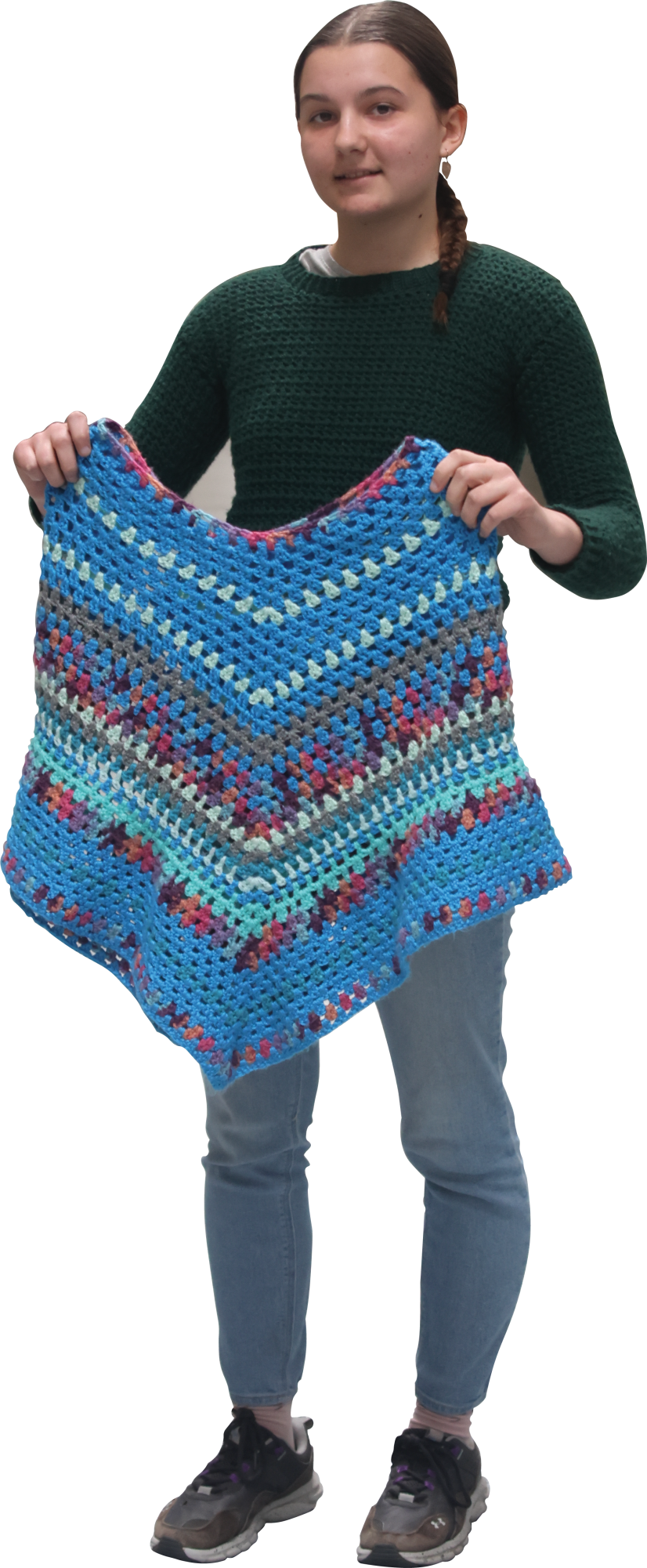
Patty also goes thrifting to prevent consumerism by buying second-hand.
“Once I go thrifting for the first time [in a while] I want to do it constantly,” Patty said. “I would say [I thrift] like once a week of genuine interest.”
Buying in-person can prevent purchasing incorrect sizes or something shoppers don’t actually like. Summa details why stores can be preferred over online shopping.
“I’m very small, so things tend not to fit me,” Summa said. “I also like to try [clothes] on and make sure I like them.”
Shopping in-store can also make sure that consumers get what they paid for, since some online stores aren’t always honest about products. Sophomore Ella Kaemmer explains why she prefers in-person shopping.
“I like shopping in-store because you can see what product they actually sell,” Kaemmer said. “If you’re shopping online, there’s a lot of inconsistencies.”
Runyan details why overspending as a habit can lead to bad spending in the future.
“If you’re spending more money than you make then you’re putting yourself in the red,” Runyan said. “If you’re not able to save any money during the month, and you’re at zero and you’re overspending you probably need to cut back a little bit.”



